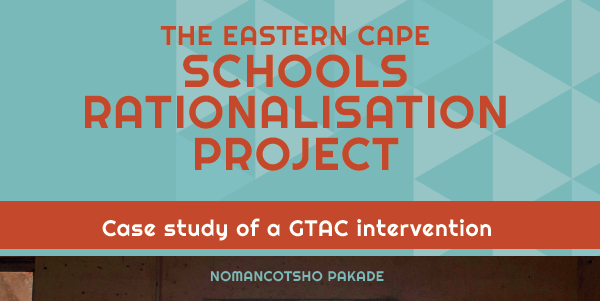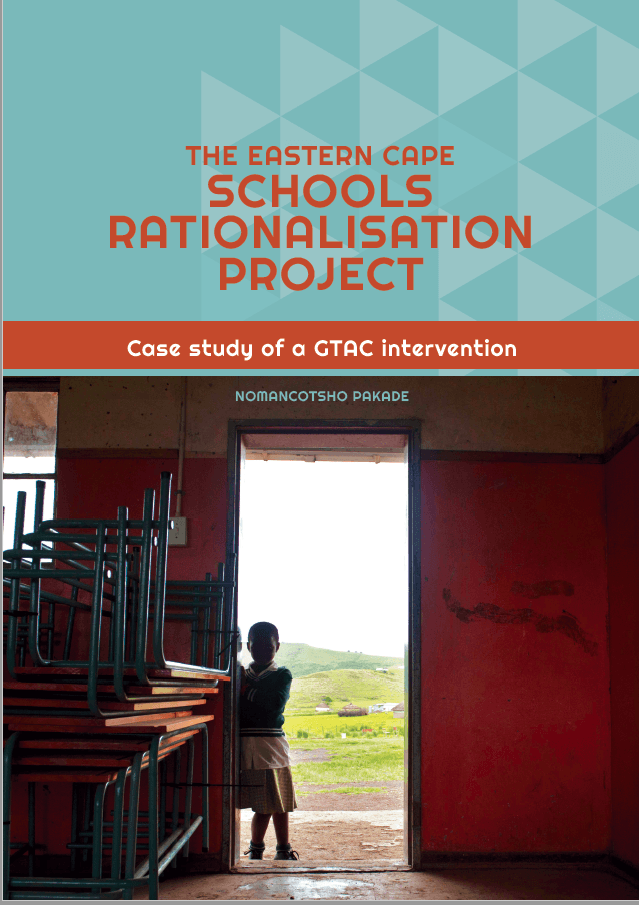This case study was written by the Public Affairs Research Institute (PARI), which is affiliated to the University of the Witwatersrand. PARI played a knowledge management role on the project; knowledge management and team reflection were designed as an integral part of the project’s implementation. Through routinely scheduled ‘action learning’ sessions, PARI was tasked with helping the GTAC team reflect on and adapt the project as it was rolled out.
Over the last three years, the Government Technical Advisory Centre (GTAC) has supported the Eastern Cape Department of Education (ECDoE) with rationalisation through the GTAC Schools Rationalisation Project. This document, a case study of the GTAC project, aims to offer a record of the project for the GTAC team to use in reflecting on their practice; to provide lessons for practitioners involved in future rationalisation efforts both within the Eastern Cape and in other provinces; and more broadly, to reflect on the design and management of such interventions in complex institutional environments.
The rationalisation aims to provide schooling more effectively and efficiently through the closure of small and otherwise unviable schools, and the reallocation of learners to larger, better-resourced schools. The ultimate objective of the GTAC project, and of the rationalisation of schools more broadly, is thus to improve teaching and learning.
The need to rationalise schools in the Eastern Cape is pressing. The province not only inherited a large number of very small schools from the Transkei era, but out-migration to urban centres both within and outside of the province has also made many schools unviable. Data from 2016, when the GTAC project began, shows that close to 50% of schools have fewer than 250 learners, and another 17% have fewer than 100 learners. Previous rationalisation efforts in the province were characterised by non-compliance with
the provisions of South African Schools Act on the closure of schools, along with fragmented planning that affected teacher placements (from old to new schools) and the provision of scholar transport, resources and infrastructure in receiving schools. This lack of transport for learners moving to more distant schools created distrust among communities, which fuelled resistance to the rationalisation efforts.
The aims of the GTAC project were fourfold: (i) to facilitate the realignment and rationalisation of schools by developing comprehensive, data-based, integrated and sustainable ten-year plans for the rationalisation of schools, known as circuit school landscape plans; (ii) to support the capacity of district and other relevant officials to use these and other planning tools; (iii) to help improve legislative compliance by developing standard operating procedures; and (iv) to enhance the positive public messaging of rationalisation by supporting engagement and communication with stakeholders.
The GTAC team comprised specialists with strong technical skills in education planning, financial modelling, geographic information systems (GIS), infrastructure, law, stakeholder management and communication, and knowledge management. The team worked at both head office and district level and provided capacity building for officials at the district level.



